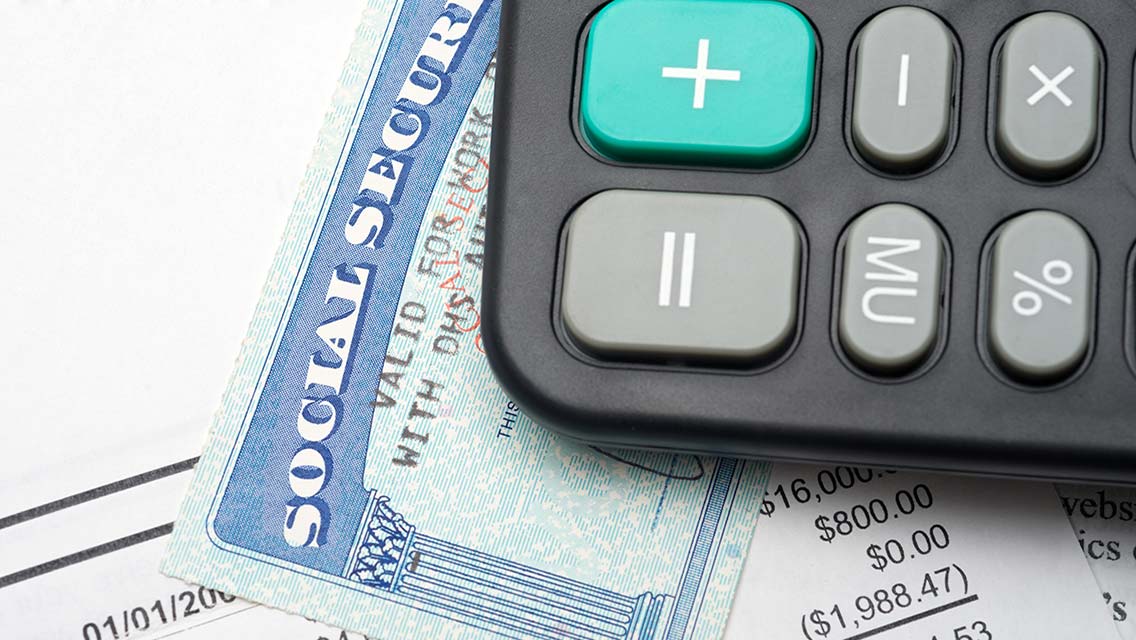For the 30 million or so American seniors who rely on a monthly Social Security check as their primary source of income, last week brought news both cheerful and sobering. Government projections suggest that inflation’s recent spike will deliver a 2022 cost-of-living raise in the neighborhood of 6 percent — the largest increase in nearly 40 years. It would add almost $95 to the amount received by the average beneficiary.
I’m thankfully not among those retirees who nervously wait for their check so they can catch up on their bills. The dough the government sends my way on the fourth Wednesday of every month typically goes into savings. The only question now is how much of that income will continue to flow our way in the years ahead.
The economic smackdown the pandemic delivered over the past 18 months has cut Social Security payroll-tax collections to such a degree that the board overseeing the Old-Age and Survivors Insurance Trust Fund (OASI) predicts it will become insolvent 12 years from now, in 2033. At that point, geezers like me would receive only 76 percent of our current benefits. As Michelle Singletary reports in the Washington Post, the average monthly check would drop by almost $400 — from $1,557 to $1,183 — and that’s big money for the millions of retirees without a pension or other sources of income.
Meanwhile, the trustees warned that the Hospital Insurance Fund (HIF), which finances Medicare Part A, is on even shakier footing. Five years from now, in 2026, the system will be able to pay only 91 percent of hospitalization benefits.
While last week’s news may have been jarring, the fiscal travails of Social Security and Medicare have been brewing for more than a generation. It’s a simple case of demographics: Boomers are living longer than expected, and there are simply not enough younger workers to contribute the necessary volume of payroll taxes to keep the two systems afloat. The remedies are equally simple: Jettison the income cap on payroll taxes and hike the Medicare tax.
I know what you’re thinking: In what alternative political universe does that occur?
Currently, workers pay 6.2 percent of their income to fund Social Security until their annual earnings reach $142,800. Beyond that income, the tax disappears, which means there are untold numbers of rather wealthy people who could help right the ship without feeling much fiscal pain. On the Medicare front, the trustees estimate that simply raising the tax individuals and employers pay from 2.9 percent to 3.67 percent would protect the fund for the foreseeable future.
“It makes no sense that we allow programs as essential as Social Security and Medicare to remain on such shaky and uncertain fiscal ground,” Michael A. Peterson, chief executive of the Peter G. Peterson Foundation, tells the Post. “There are many well-known solutions available, and it is fully within our lawmakers’ control to put these programs on a more sustainable path. Failure to do so is both irresponsible and unfair to the millions of Americans who rely on them, especially those counting on these programs in the future.”
Two years ago, a bipartisan group of fiscal hawks introduced the TRUST Act, which called for Congress to form “rescue committees” to draft legislation during a 180-day window that would sustain the OASI and HIF. Predictably, it went nowhere.
Senate cosponsor Mitt Romney introduced it again in April, calling it “a bipartisan solution which will shore up our federal trust funds and put us on a path toward a strong fiscal future.” Max Richtman, president and CEO of the National Committee to Preserve Social Security and Medicare, begged to differ: “The Romney plan,” Richtman told CNBC, “is a way to cut benefits and leave very little fingerprints from members of Congress on how that is done.”
You can pretty well imagine how that’s going to turn out.
It’s been nearly 40 years since Congress came together to postpone the full retirement age to 67. It’s the last time lawmakers agreed on anything about saving Social Security. “I think the stalemate has gone on for far too long,” says Shai Akabas, director of economic policy at the Bipartisan Policy Center. “It’s unfair to Americans who are trying to plan for their future.”
My own future seems to be pretty clear: Get up tomorrow and go to work. Repeat as often as necessary.





This Post Has One Comment
Craig Cox is absolutely right. I’ll be 70 in 2022, and I depend on social security, which doesn’t even cover my rent. My wealth is my health.